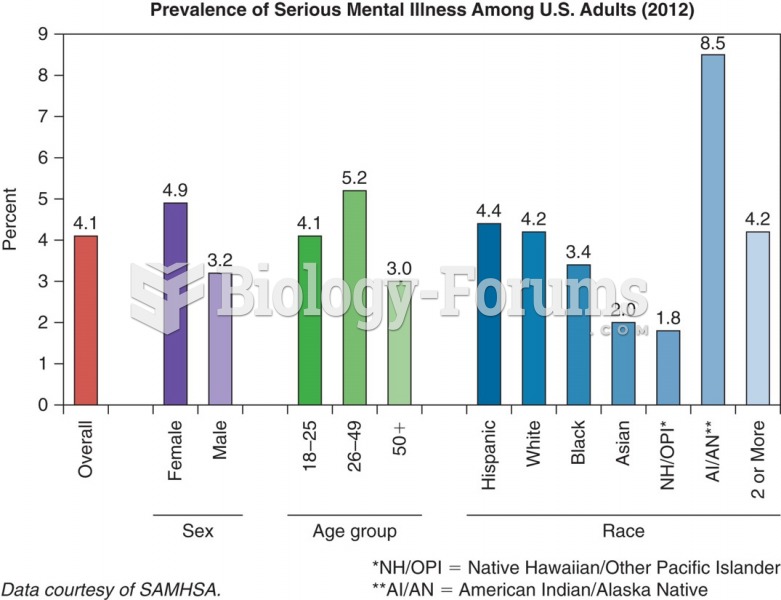Answer to Question 1
Discrimination based on race
The court denied the motion, and the defendants appealed to the U.S. Court of Appeals for the Eighth Circuit, which affirmed the decision of the lower court before rehearing the case, reversing this ruling, and remanding for the entry of a judgment in the defendants' favor. The elements of a prima facie case are: a plaintiff must show (1) that he or she is a member of a protected group; (2) that he or she was qualified and applied for a position or a promotion for which an employer was seeking applicants; (3) that despite the plaintiff's qualifications, he or she was rejected; and (4) that a person with similar qualifications who was not a member of a protected group was hired for or promoted to the position. In this case, Lockridge, an African American, is a member of a protected group. He was not promoted to the vacant deanship, thus satisfying the third factor. The university hired a white man to fill the position, which meets the fourth requirement. The case thus turned on the second element. Lockridge claimed that it would have been futile for him to apply for the position, based on his previous experiences with job openings at PCCUA. The court said, t might be that an employee's proven experience with an employer could, in a proper case, furnish a reason for relaxing the requirement that an employee must apply for a position in order to make out a prima facie case that he was unlawfully discriminated against. But here, Mr. Lockridge seeks to rely on incidents some of which occurred at least a decade before the relevant employment decision, not all of which, moreover, included the same principal actors. In these particular circumstances, we are unable to conclude that Mr. Lockridge has made out a case on the question of whether it was futile for him to apply.
Answer to Question 2
TRUE







